Global trade relies heavily on ocean freight forwarding, a crucial service that ensures goods move seamlessly across international waters. Whether you’re an exporter, importer, or business owner, understanding how ocean freight forwarding works can help you streamline logistics, reduce costs, and avoid shipping delays. But what exactly does an ocean freight forwarder do, and how does the process work?
In this article, we’ll break down the essentials of ocean freight forwarding, explore its step-by-step process, and discuss the different types of services available to help you choose the best option for your shipping needs.
What is Ocean Freight?
Ocean freight refers to the transportation of goods via sea routes using container ships, bulk carriers, or specialized vessels. It is the most widely used shipping method for international trade, offering cost-effective solutions for businesses dealing with large or heavy shipments. Goods transported through ocean freight can be packed in containers (FCL/LCL), shipped as breakbulk cargo, or carried in liquid/gas tankers, depending on their nature.
For exporters shipping from India to the USA, ocean freight provides a cost-efficient and scalable solution for international trade, accommodating various types of goods, from raw materials to finished products. Depending on the business needs, exporters can opt for full container load (FCL), less than container load (LCL), or specialized shipping services such as break bulk or RoRo transport.
Types of Ocean Freight
Ocean freight services are categorized based on cargo volume, handling requirements, and the type of goods being transported. Here’s a breakdown of the main types:
- Full Container Load (FCL): You rent an entire shipping container exclusively for your goods. This is the best option when shipping large volumes, as it minimizes handling risks and speeds up transit.
- Less than Container Load (LCL): In this type of freight, your cargo shares a container with shipments from other exporters. It’s ideal for smaller loads but may involve longer transit times due to additional handling at consolidation and deconsolidation points.
- Roll-on/Roll-off (RoRo): This method is ideal for shipping wheeled cargo such as cars, trucks, and heavy machinery. The vehicles are loaded onto the vessel at the departure point and driven off upon arrival, minimizing handling time and expenses.
- Break Bulk Shipping: Suitable for oversized or heavy cargo that cannot be containerized, such as construction materials, large machinery, and industrial equipment. These goods are loaded individually onto the ship.
- Tanker Shipping: Designed for transporting liquid cargo, including petroleum, chemicals, and edible oils. Tanker vessels ensure safe, leak-proof transportation for bulk liquids over long distances.
Difference Between Ocean Freight and Ocean Freight Forwarding
While both terms are related to shipping goods via sea, they serve different functions:
| Aspect | Ocean Freight | Ocean Freight Forwarding |
| Definition | The actual transportation of cargo via sea from one port to another. | The management, coordination, and facilitation of ocean freight shipments by a freight forwarder. |
| Who Handles It? | Shipping lines, carriers, and vessel operators. | Freight forwarders who act as intermediaries between shippers and carriers. |
| Role in Logistics | Focuses solely on the movement of goods by sea. | Includes booking cargo, documentation, customs clearance, and end-to-end logistics management. |
| Key Components | Vessel operations, port handling, and transit schedules. | Cargo consolidation, supply chain management, and regulatory compliance. |
Also Read: Understanding Types and Differences of Carriage and Freight
How Does Ocean Freight Work?
Ocean freight involves multiple steps, from cargo preparation to final delivery. Here’s how the process works:
- Booking and Documentation: The exporter works with a freight forwarder to book space on a cargo vessel. Necessary documents such as the Bill of Lading (BoL), export declarations, and commercial invoices are prepared.
- Cargo Pickup and Consolidation: Goods are picked up from the exporter’s location and transported to a container freight station (CFS) or port terminal. For LCL shipments, cargo is consolidated with other shipments in a shared container.
- Customs Clearance at Origin: The shipment undergoes customs clearance at the departure port in India. A licensed customs broker ensures compliance with export regulations and obtains necessary approvals.
- Loading and Ocean Transit: Once cleared, the cargo is loaded onto the vessel. The shipping line then transports the container across international waters to the destination port in the USA. The duration of transit depends on the shipping route and carrier schedule.
- Arrival and Destination Customs Clearance: Upon reaching the destination port, the cargo is unloaded and undergoes customs clearance in the USA. Duties, taxes, and any regulatory checks are completed at this stage.
- Final Delivery (Drayage): Once customs clearance is done, the freight forwarder arranges inland transportation (trucking or rail) to deliver the shipment to the importer’s final destination.
Ocean freight forwarding simplifies the complexities of international shipping by handling logistics, documentation, and compliance, making it a preferred option for exporters looking for efficiency and risk mitigation.
Types of Freight: Ocean Freight vs. Air Freight
When it comes to international shipping, businesses often choose between ocean freight forwarding and air freight forwarding based on cost, speed, and cargo type. Ocean freight is ideal for bulk shipments and cost efficiency, while air freight is best suited for urgent and high-value goods. Below is a detailed comparison of both options:
| Aspect | Ocean Freight Forwarding | Air Freight Forwarding |
| Definition | The process of transporting goods via sea using container ships, bulk carriers, or other vessels. | The process of transporting goods via air using cargo planes or commercial flights. |
| Service Provider | Ocean freight forwarders, NVOCCs (Non-Vessel Operating Common Carriers), and shipping lines. | Air freight forwarders, airlines, and air cargo handlers. |
| Logistics Management | End-to-end logistics, including customs brokerage, inland transport, and compliance handling. | Requires precise scheduling of flights, airport handling, and fast customs clearance. |
| Customization & Flexibility | Highly flexible with options like door-to-door delivery, multi-modal transport, and tailored shipping solutions. | Allows urgent shipments, express services, and time-sensitive cargo solutions. |
| Cargo Handling | Suitable for bulk, oversized, or heavy shipments; loading/unloading takes longer. | Ideal for lightweight, high-value, or perishable cargo; faster loading/unloading. |
| Documentation Support | Involves Bill of Lading (B/L), shipping manifests, packing lists, and customs documents. | Requires Air Waybill (AWB), export/import declarations, and security clearances. |
| Risk & Liability Management | Forwarders provide risk management, insurance options, and tracking services. | Lower risk of damage but higher risk of loss/theft in transit; cargo insurance recommended. |
| Cost Structure | Generally lower cost per unit but higher total costs for small shipments due to port fees and handling. | Higher costs per kilogram due to fuel and speed but economical for urgent, small shipments. |
| Best Suited For | Businesses shipping bulk goods, heavy machinery, and cost-sensitive cargo over long distances. | Businesses shipping high-value, urgent, perishable, or time-sensitive goods. |
Which One Should You Choose?
A study suggests, “global ocean freight forwarding market is projected to reach US$93.6 billion by 2030, exhibiting a compound annual growth rate (CAGR) of 3.4%. On the other hand, another study anticipates, “The air freight forwarding market size reached 51.5 million tons in 2024 and is expected to grow to 70.6 million tons by 2033”.
Choose ocean freight if,
- You’re shipping bulky, heavy, or non-urgent goods (e.g., machinery, furniture, raw materials).
- Cost efficiency is your priority (ocean freight is much cheaper per unit).
- You’re shipping in large volumes, making Full Container Load (FCL) or Less than Container Load (LCL) viable options.
- Your cargo is not highly sensitive to environmental factors like humidity and long transit times.
Choose air freight if,
- You need fast delivery (within days instead of weeks).
- Your shipment is lightweight, high-value, or perishable (e.g., electronics, pharmaceuticals, luxury goods).
- You want a more reliable transit schedule with fewer delays.
- Your business requires just-in-time (JIT) inventory management.
Ocean Freight vs. Sea Freight – Are They the Same?
Many people use the terms ocean freight and sea freight interchangeably, but they essentially mean the same thing. Both refer to transporting goods via sea using various types of vessels. There is no technical difference between the two, as they both involve moving cargo across international waters through shipping lines.
Challenges in Ocean Freight
Shipping goods from India to the USA via ocean is a cost-effective and reliable option, but it comes with its own set of challenges. Ocean freight faces external risks such as weather delays, port congestion, and regulatory hurdles that can impact shipment timelines and costs.
While freight forwarders help mitigate many of these issues through better planning and documentation, businesses should still be aware of potential disruptions. Below are some of the most common challenges in ocean freight.
1. Weather and Port Congestion Issues
- Unpredictable Weather: Storms, high tides, and hurricanes can delay shipments, reroute vessels, or even damage cargo.
- Port Congestion: Major ports in India (like Nhava Sheva) and the USA (like Long Beach) often experience congestion due to high container traffic, causing delays in unloading and customs clearance.
- Limited Berthing Slots: A surge in global trade can lead to delays in vessel docking, increasing wait times and storage costs.
- Peak Season Delays: Festivals, holiday seasons, and year-end rush often lead to cargo pile-ups at ports, further slowing down shipments.
2. Regulatory Complexities
- Customs Clearance Delays: Different countries have unique trade laws and customs requirements, and missing even one document can lead to delays or penalties.
- Compliance with Trade Regulations: Shipments must comply with international trade agreements, import-export restrictions, and product certifications.
- Tariffs and Duties: Unanticipated changes in import duties and taxes can increase costs, requiring exporters to stay updated on regulations.
- Environmental Regulations: Stricter rules on carbon emissions and fuel usage for cargo vessels impact shipping costs and route planning.
3. Security and Piracy Concerns
- Cargo Theft: High-value shipments are at risk of theft at ports, during transit, or while awaiting customs clearance.
- Piracy Threats: Certain sea routes, like those near the Gulf of Aden, are prone to piracy attacks, necessitating additional security measures.
- Container Tampering: Unauthorized access to containers in transit can lead to product contamination, counterfeiting, or loss of goods.
- Cybersecurity Risks: With digital tracking and documentation, cyberattacks on shipping databases pose a risk to cargo safety and operational efficiency.
Also Read: Understanding What Contingent Cargo Insurance Covers
How to Mitigate These Challenges?
While ocean freight comes with risks, the right logistics partner can help you overcome these challenges with better planning, compliance support, and efficient execution. Working with a reliable freight forwarder ensures your shipments move smoothly despite potential disruptions.
How Intoglo Simplifies Cross-Border Logistics?
For exporters shipping from India to the USA, Intoglo offers a seamless, end-to-end freight solution designed to minimize delays, reduce risks, and provide full shipment visibility. Here’s how Intoglo helps mitigate common shipping challenges:
- Seamless Door-to-Door FCL Shipments: Intoglo manages the entire shipping process, ensuring smooth transportation from your factory/warehouse in India to the final destination in the USA.
- Fast and Reliable Pickups: With PAN India pickups within 24 hours, your cargo moves without unnecessary waiting times, reducing delays at the origin.
- Own CFS Space at Major Ports: Intoglo’s access to container freight stations (CFS) at key Indian ports ensures faster handling and reduced port congestion issues.
- Contracts with Major Shipping Lines: Strong partnerships with top ocean carriers help secure guaranteed vessel space and competitive freight rates, even during peak seasons.
- Hassle-Free Customs Clearance: Customs processes can be complex, but Intoglo pre-screens shipments to ensure compliance, minimizing the risk of documentation errors and clearance delays.
- Direct Trucking Network in the USA: Once your shipment arrives, Intoglo provides last-mile delivery with its direct trucking network, ensuring timely movement from port to warehouse.
- Next-Gen Warehousing: Storage and inventory management are simplified with strategically located warehouses across the USA, reducing logistics costs and transit time.
- Real-Time Tracking & Updates: End-to-end shipment tracking via Glotrack, along with real-time updates via WhatsApp, keeps you informed at every stage of your shipment.
- Transparent Pricing: Get a clear cost breakdown with no hidden charges, ensuring cost predictability and better financial planning for your shipments.
Since we are committed to sustainable shipping options, you may calculate carbon emissions for your shipment here.
Contact us for more information.
Pros and Cons of Ocean Freight
Ocean freight offers a structured and managed shipping process, making it an efficient choice for exporters from India to the USA. However, it comes with both benefits and challenges. Here’s a side-by-side comparison:
| Pros | Cons |
| Many freight forwarders provide seamless door-to-door shipping, eliminating the hassle of coordinating multiple vendors. | Delays due to port congestion, bad weather, or customs inspections can impact delivery timelines. |
| Professional handling, cargo insurance options, and tracking reduce the risk of damage or loss. | Some freight forwarders charge extra for services like warehousing, demurrage, and peak-season surcharges. |
| Many logistics providers offer real-time tracking and updates, giving exporters better shipment control. | While ideal for large shipments, ocean freight may not be cost-effective for low-volume cargo compared to air or courier services. |
| Ocean freight forwarding offers multiple transport modes, including FCL, LCL, RoRo, and break bulk, based on shipment needs. | Some shipments may involve multiple transshipments, increasing handling time and potential risks. |
Conclusion
Ocean freight forwarding plays a vital role in global trade by simplifying the complex logistics of shipping goods across international waters. From booking cargo space and managing documentation to handling customs clearance and final delivery, freight forwarders ensure a smooth and efficient shipping process. Understanding the different types of ocean freight services—whether FCL, LCL, or specialized cargo solutions—can help businesses choose the best option based on cost, transit time, and cargo requirements.
By partnering with a reliable ocean freight forwarder, you can optimize your supply chain, reduce risks, and ensure timely deliveries, making international shipping a hassle-free experience.
For exporters shipping from India to the USA, Intoglo offers a seamless door-to-door logistics solution, ensuring faster, safer, and more transparent shipping. Intoglo works directly with shipping lines, truckers, and customs brokers to avoid delays and extra costs. From customs clearance to final delivery, Intoglo ensures a faster, safer, and more transparent shipping process.
Get a transparent quote with no hidden costs—Contact Intoglo today to simplify your cross-border shipping!


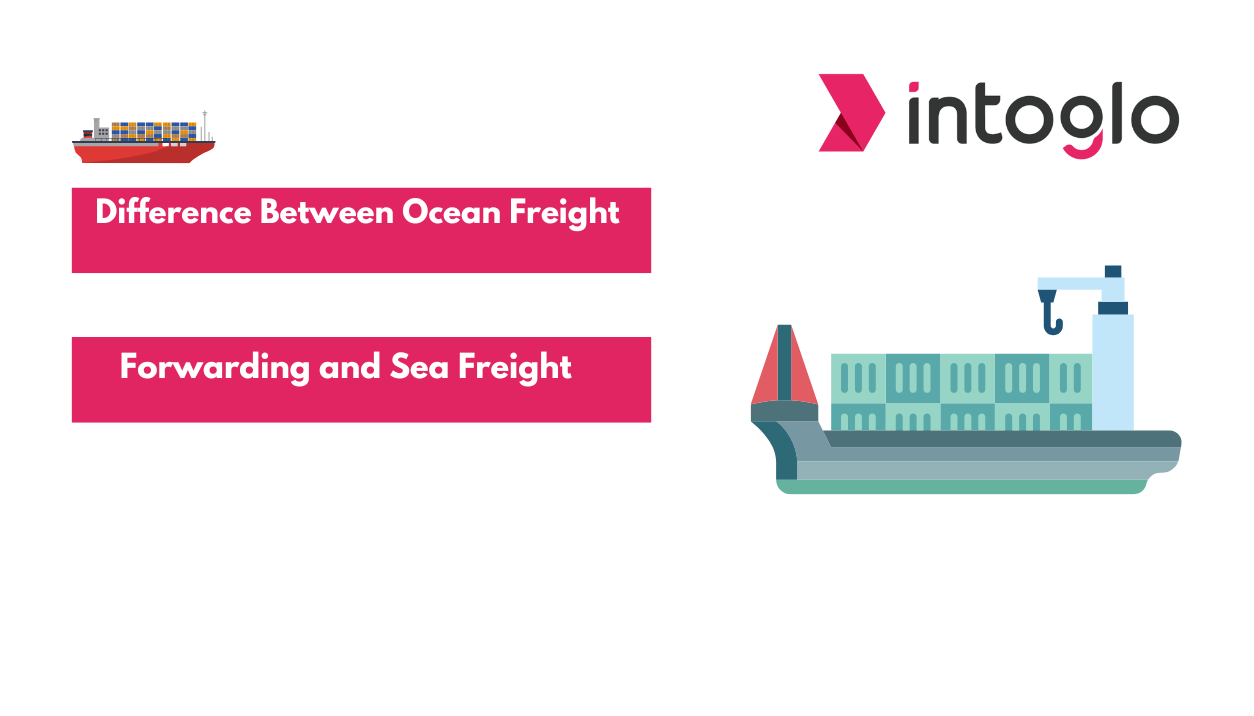
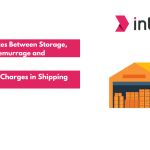
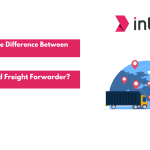
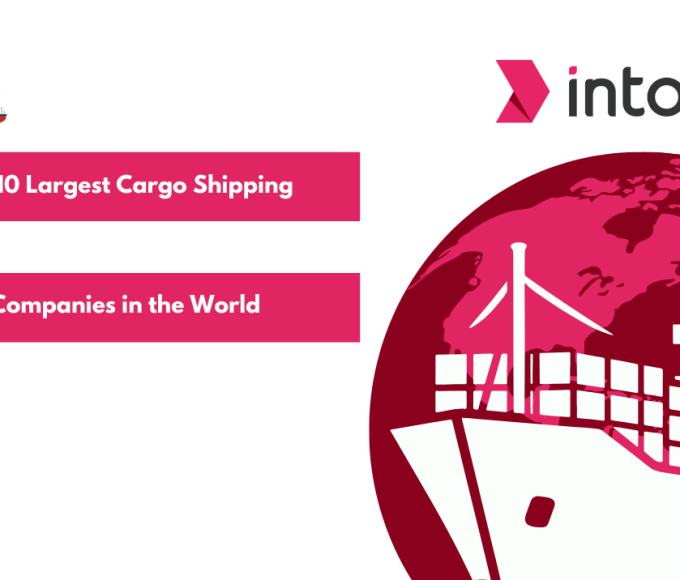
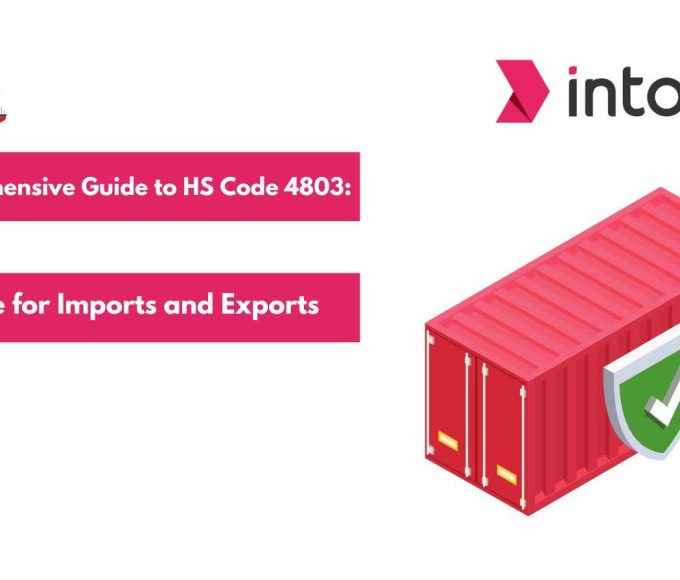
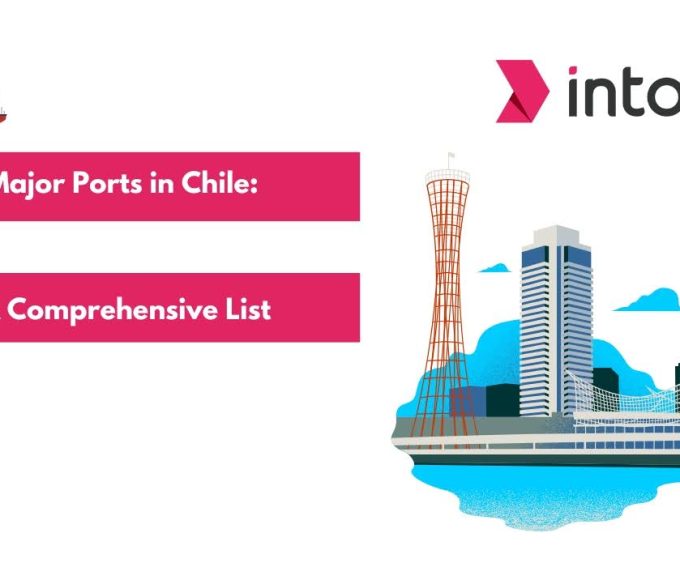
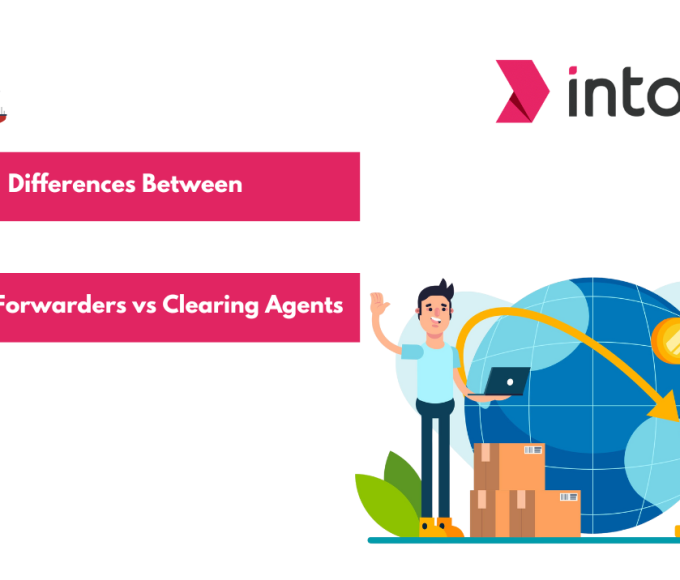
Leave a comment